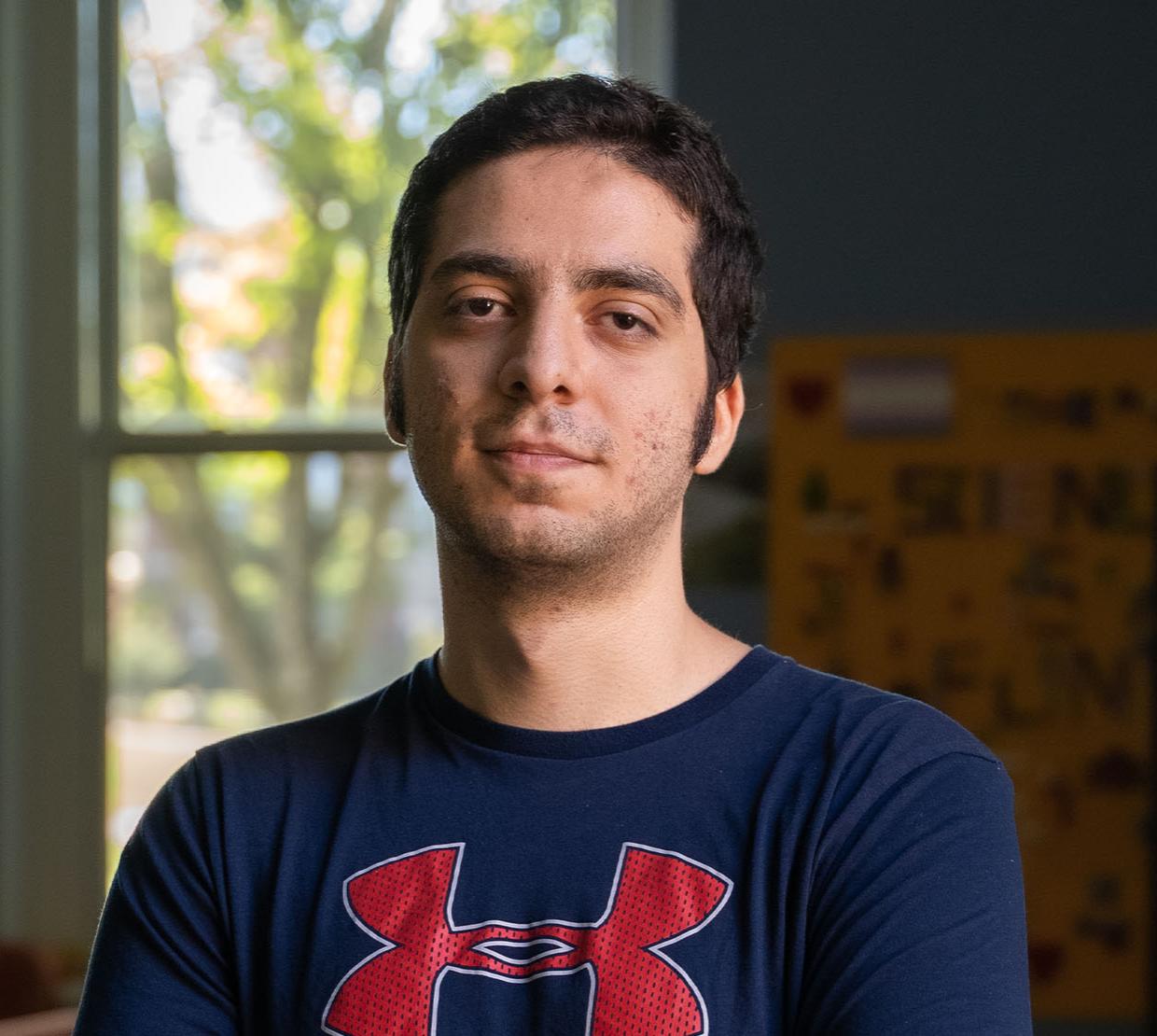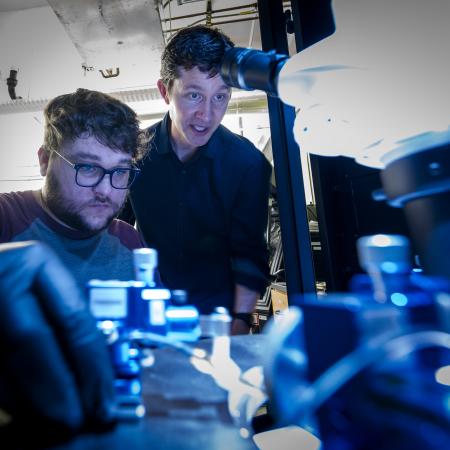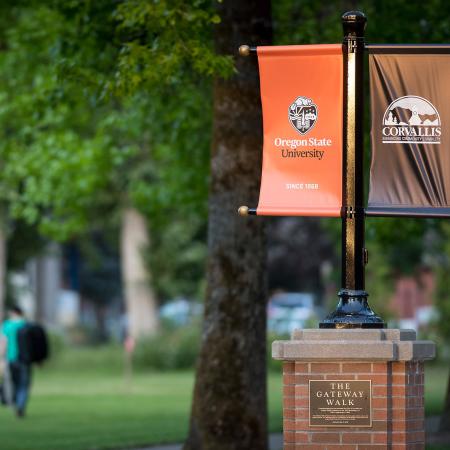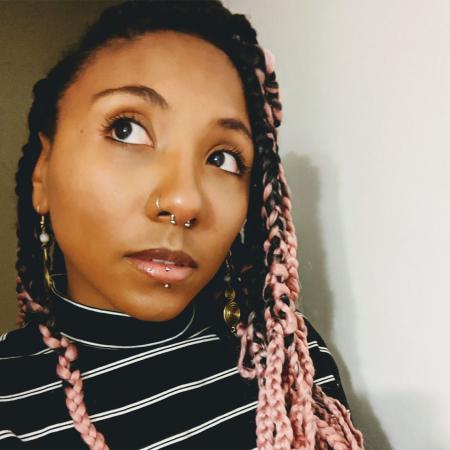Physics Ph.D. candidate Nima Laal has a poster on his wall of an alien spaceship. The text on the bottom reads “I want to believe.”
To Laal, the poster isn’t referencing creatures from another planet, but instead the search for elusive gravitational waves.
Originally from Tehran, the capital of Iran, Laal immigrated to the U.S. in 2013, and found his way to physics through a mix of process of elimination and drive for a challenge. And he has certainly made his mark.
Laal won the 2022-23 Larry W. Martin & Joyce B. O’Neill Endowed Fellowship for his work involving computational modeling of pulsar timing data and gravitational-wave signal simulations.
This fellowship is awarded to a graduate student from any department in the College of Science whose research involves computational modeling. Larry Martin and his wife Joyce O’Neill created the award in 2018. Martin is an Oregon State math and engineering alumnus.
Over the past three years, Laal has conducted crucial work for the NANOGrav Physics Frontier Center, a group of over 250 students and scientists from around the world working to detect gravitational waves from supermassive binary black holes.
“If we can show, through my work or the work of others in this area, that a gravitational wave signature consistent with non-Einsteinian theories of gravity is buried somewhere in our data, then the fundamentals of modern physics are going to change in a profound way."
Under the direction of Professor Xavier Siemens, Oregon State is the lead institution for the center, which received a $17 million award from the National Science Foundation.
Laal was a co-author on NANOGrav’s latest gravitational-wave background analysis paper, sharing an exciting discovery. Laal and his collaborators found the first hints of a gravitational wave signal. Published in The Astrophysical Journal Letters in late 2020, the work has over 400 citations. The discovery “captured the imagination of the scientific community and the general public,” according to Siemens.
Laal is also leading NANOGrav’s latest search for evidence of deviations from Einstein's theory of general relativity.
“If we can show, through my work or the work of others in this area, that a gravitational wave signature consistent with non-Einsteinian theories of gravity is buried somewhere in our data, then the fundamentals of modern physics are going to change in a profound way,” Laal said.
Due to his critical contributions, he was recently advanced to a full member of the NANOGrav consortium. His many accomplishments include three NANOGrav collaboration papers and two poster presentations at American Astronomical Society meetings.
In an effort to transform the culture of physics to make it more welcoming and inclusive, Laal became a NANOGrav representative in the American Physical Society’s Inclusion Diversity and Equity Alliance.
The American Physical Society is the world’s second largest organization of physicists. The non-profit aims to advance and diffuse the knowledge of physics through research, meetings, education, outreach and advocacy. The alliance helps organizations identify and enact strategies for improving equity, diversity and inclusion.
Within the astrophysics community at OSU Laal has mentored undergraduate and junior graduate students in gravitational-wave data analysis.
“We all have a moral obligation to mentor, to get people involved, to include them in projects and to help,” Laal said.
Outside of the laboratory, he has persevered through difficult circumstances. Tragically, in mid-2021 both of his parents were hospitalized with COVID and his mother died. Due to travel and visa restrictions, Laal was unable to go home.
“I kept on going despite all of these things that were happening, and I would say that is the most important achievement of my life,” he said.




